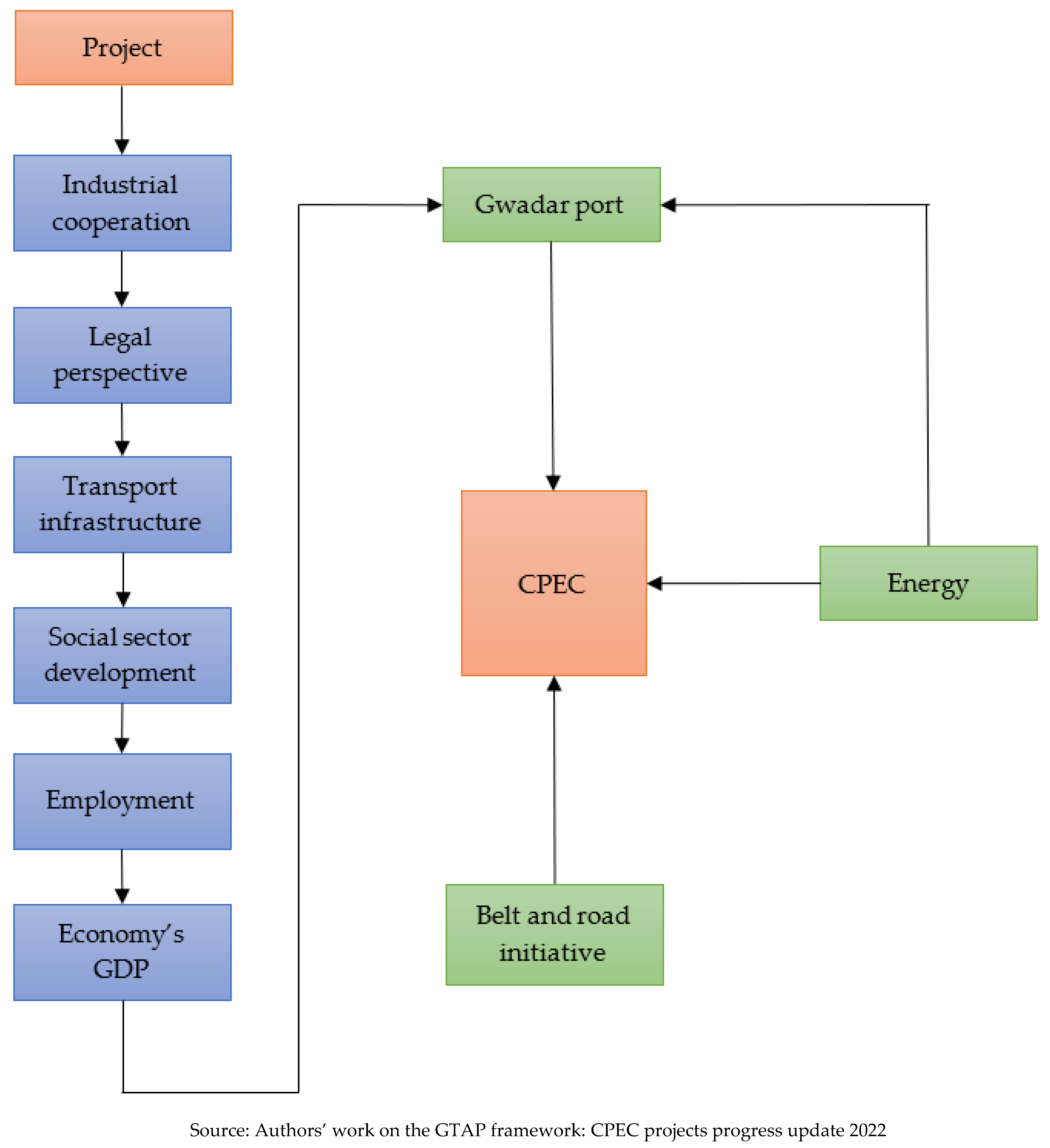Q. No. 5. Discuss National Energy Policy of Pakistan in the context of CPEC signed in 2015. 2021

The National Energy Policy of Pakistan in the context of the China-Pakistan Economic Corridor (CPEC), signed in 2015, aims to address the country’s energy challenges and promote sustainable development. CPEC is a flagship project under China’s Belt and Road Initiative (BRI) and encompasses various infrastructure and energy projects in Pakistan. The National Energy Policy aligns with the objectives of CPEC and focuses on several key aspects:
- Energy Security and Diversification: The policy aims to enhance Pakistan’s energy security by diversifying its energy mix. It emphasizes reducing reliance on imported fossil fuels and promoting the development of indigenous energy resources, including hydroelectric, solar, wind, and coal. Under CPEC, several energy projects, such as coal-fired power plants and hydropower projects, have been initiated to address Pakistan’s energy deficit.
- Infrastructure Development: The National Energy Policy recognizes the need for infrastructure development to improve energy generation, transmission, and distribution systems. CPEC facilitates the construction of energy infrastructure, including power plants, transmission lines, and substations, to enhance the capacity and efficiency of Pakistan’s energy sector.
- Investment and Financing: The policy aims to attract foreign investment and secure financing for energy projects. CPEC provides a platform for Chinese investment in Pakistan’s energy sector, enabling the development of large-scale projects that would otherwise be challenging to finance. Chinese financial institutions, such as the China Development Bank and the Export-Import Bank of China, have provided significant funding for CPEC energy projects.
- Technology Transfer and Capacity Building: The policy emphasizes technology transfer and capacity building to enhance Pakistan’s energy sector capabilities. Through CPEC, Pakistan seeks to benefit from China’s expertise in energy infrastructure development, project management, and clean energy technologies. This includes knowledge sharing, training programs, and technical cooperation to build local capacity and promote sustainable energy practices.
- Regional Energy Cooperation: CPEC offers opportunities for regional energy cooperation, particularly with Central Asian countries. Pakistan aims to leverage its geographical location as a transit corridor for energy trade, facilitating the import of natural gas and electricity from neighboring countries. This can enhance regional energy connectivity, promote economic integration, and contribute to energy security in the region.
- Environmental Considerations: While the National Energy Policy primarily focuses on meeting Pakistan’s energy needs, it also recognizes the importance of environmental sustainability. It acknowledges the need to balance economic development with environmental conservation and highlights the adoption of cleaner technologies and sustainable practices. However, concerns have been raised regarding the environmental impact of certain energy projects under CPEC, particularly coal-fired power plants.
It is worth noting that the National Energy Policy of Pakistan, along with its implementation under CPEC, has been subject to various debates and discussions. Some view it as a significant opportunity to address Pakistan’s energy challenges and stimulate economic growth, while others raise concerns regarding debt sustainability, environmental impact, and the dominance of foreign influence in the country’s energy sector. Ongoing monitoring and evaluation are crucial to ensure that the policy and its implementation align with sustainable development goals and address the long-term energy needs of Pakistan.